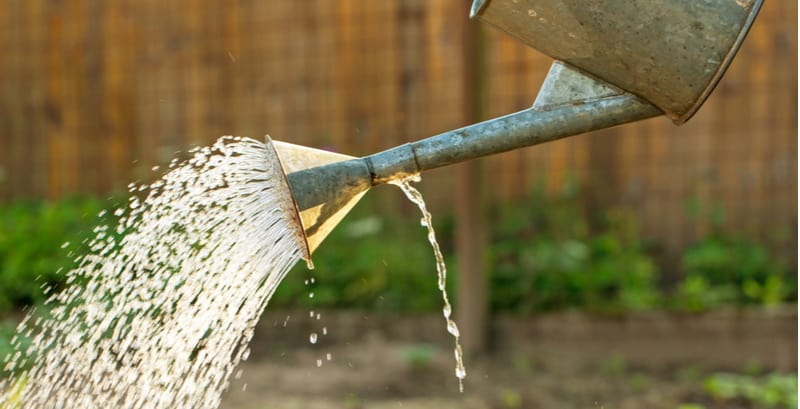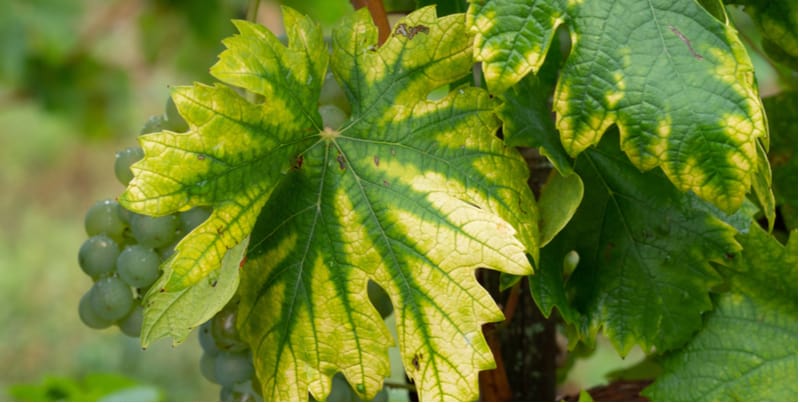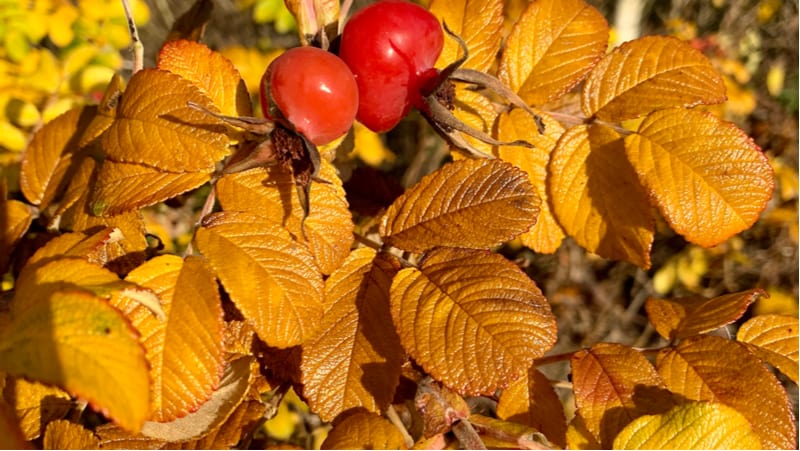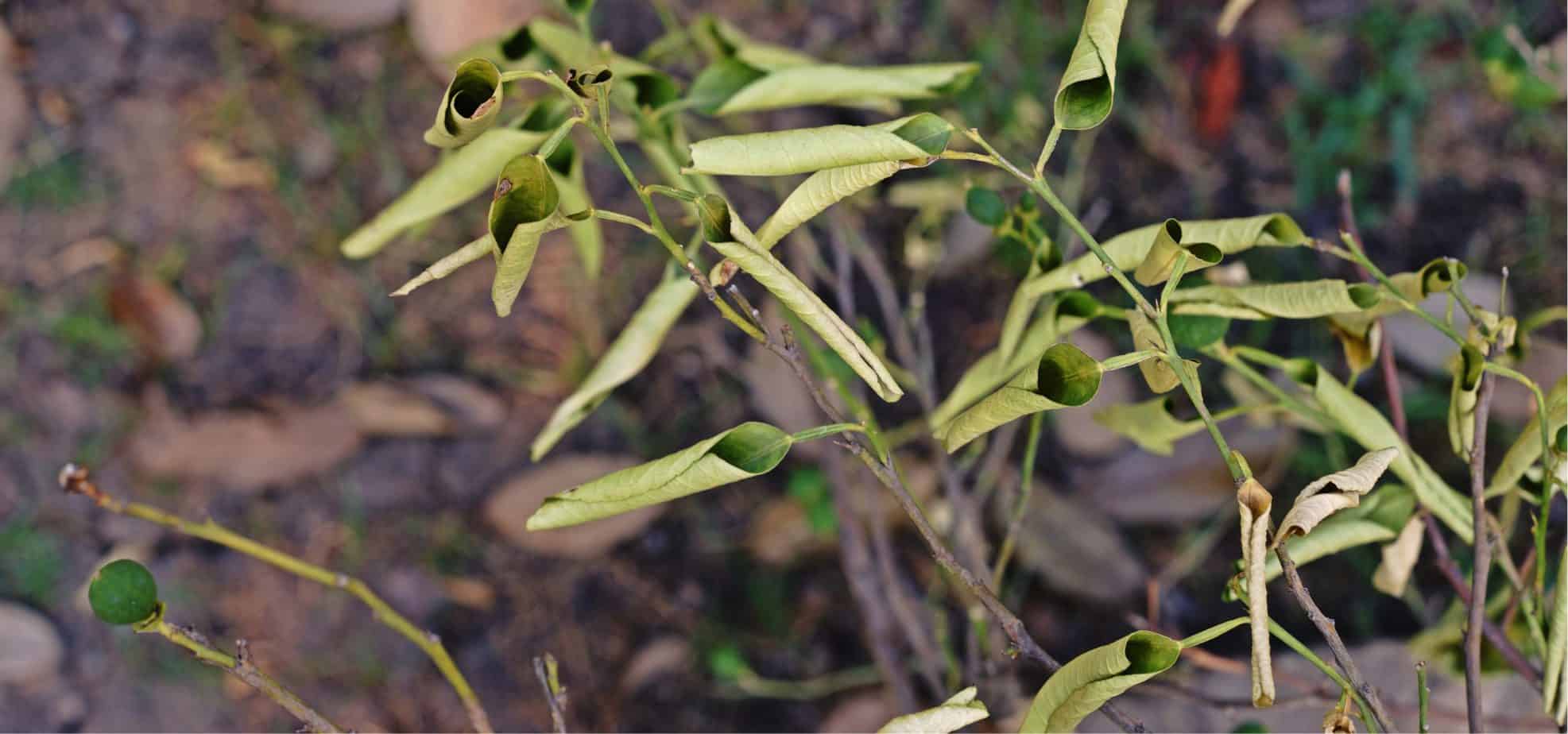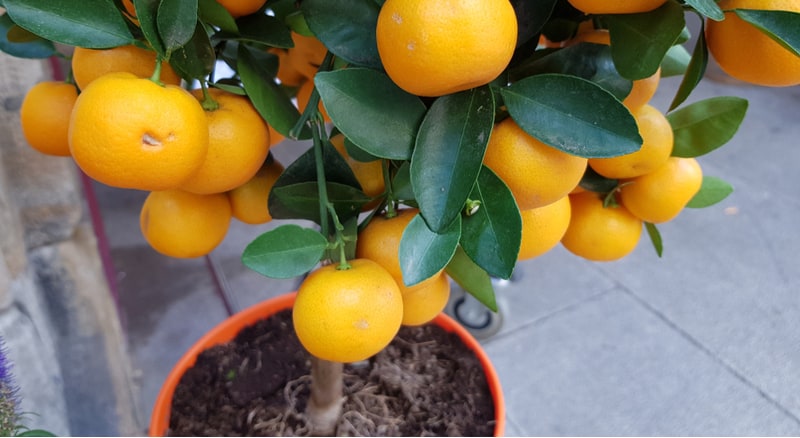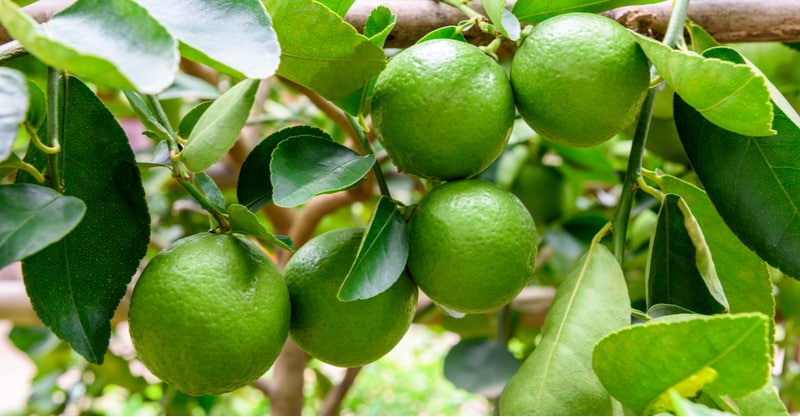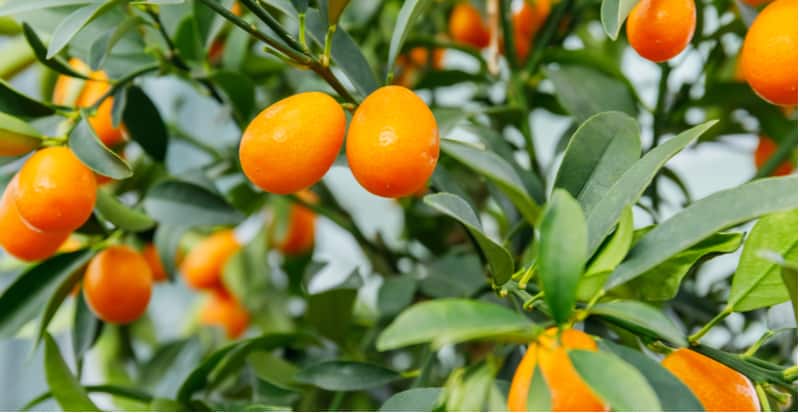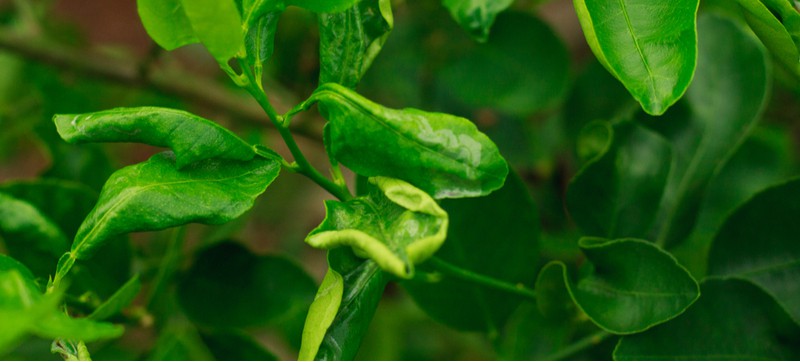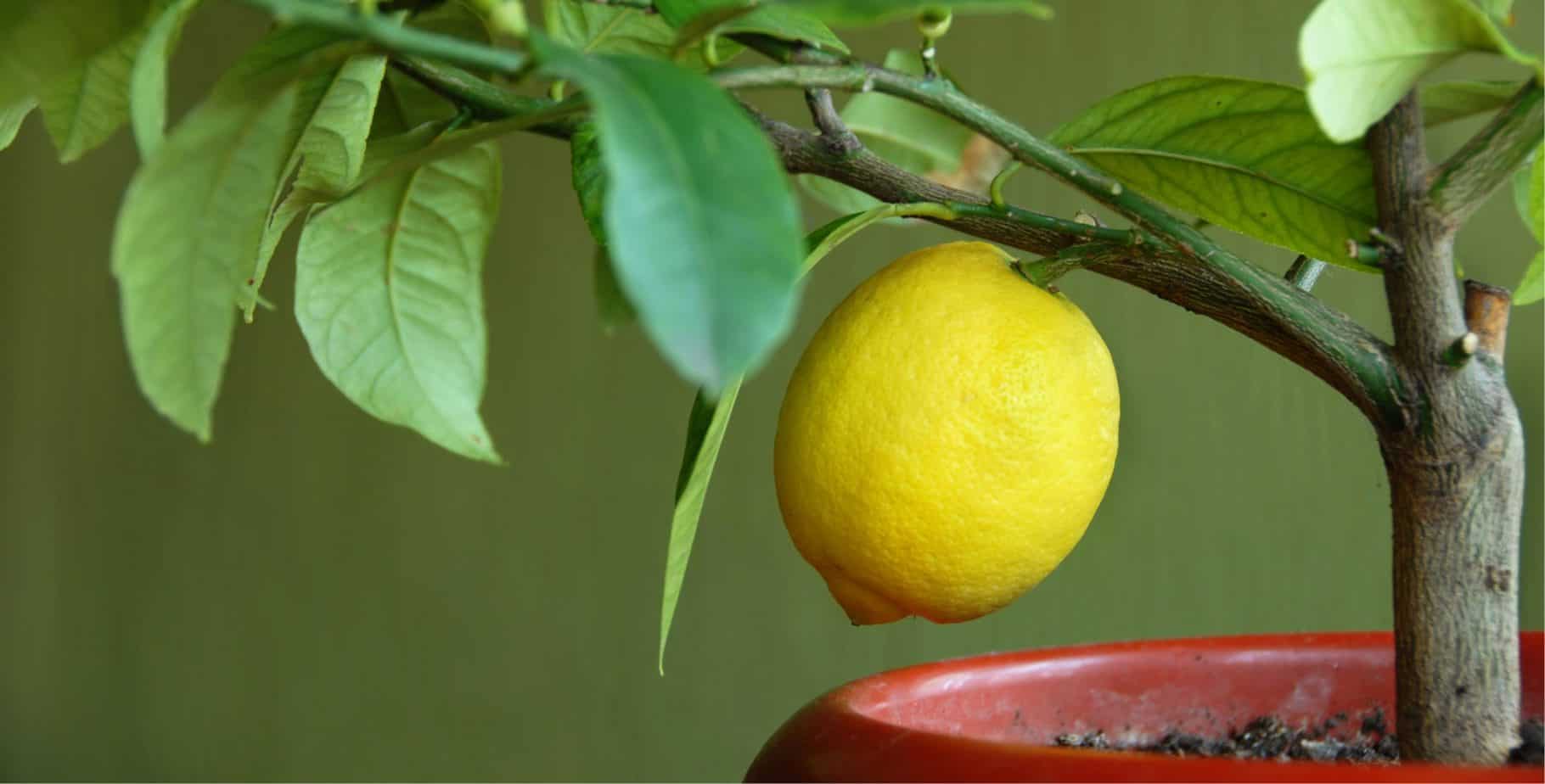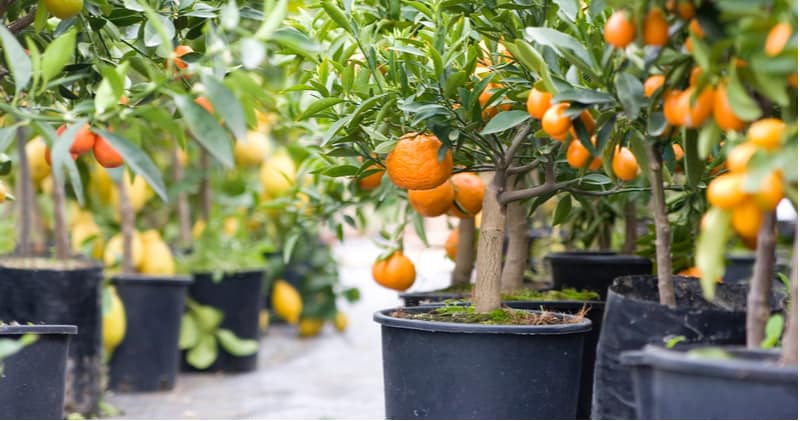Winter weather gets cold, and if all you have is snow and ice outside, you might be wondering whether you should continue watering your plants. In many areas, watering your plants through the winter is still a good idea, especially if your plants are rather young but it must be done the right way. Even if the weather is cold, assuming your plants have the right level of protection you will still need to give…
Sometimes your garden doesn’t grow the way you want and the plants you are growing begin to turn a slightly yellow shade. You might suspect the culprit is a nitrogen deficiency, but how do you rectify it? The importance of nitrogen Firstly, nitrogen is what plants use to grow. Nitrogen is used to make proteins, amino acids, and generate DNA. Without nitrogen in the soil, your plants cannot make cells and grow. Nitrogen is everywhere;…
It can be nothing short of frustrating to see the leaves on your rose bush turning yellow. The yellow tinge impacts the entire look of your bush. There are several reasons why the leaves on your rose bush might be turning yellow and falling off, and being able to narrow down the cause will make it easier to rectify and help the rose bush recover to its former glory. Lack of light can cause the…
Orange trees are evergreen citrus trees and this means that they don’t lose their leaves come autumn. They produce beautiful flowers that are white and scented, which result in delightful fruits six months later. Once the fruit is ripe, you can eat it straight off the tree. If you are growing orange trees in Britain, there are a few diseases and other problems that you should be on the lookout for and you will be…
Even though oranges are native to warmer climates, you can still grow an orange tree in your UK garden if you grow them in pots. The process does require the right type of orange tree, soil composition, and container, but when done correctly, you will be able to pick fresh oranges off your tree. This does mean you need to be prepared to move them into a heated greenhouse or indoors for winter to protect…
Lime trees are a type of citrus related to lemons and oranges. They grow on ornamental evergreen trees usually spanning between 1.5 metres and 1.8m once fully established. Lime trees are not particularly resistant to the cold weather of Britain so they work best when grown in pots and containers so that you can put them outside at the end of spring and summer and then bring them inside your home or heated a greenhouse…
Kumquats are some of the most straightforward citrus trees you can grow indoors. The trees themselves are beautiful, and they boast dark green leaves with bright orange fruit. They are considered citrus fruit, and when they are ripe, you can eat the entire fruit, including the sweet, edible skin. Most people find that the skin is significantly sweeter than the sour fruit inside, which is why Kumquats are so popular when made into marmalades. When…
Citrus trees make bright, delightful additions to any indoor or outdoor space. They also give you a steady supply of citrus fruits for whatever desserts you want to make. Growing citrus trees in pots are one of the most successful ways to enjoy these warm-weather loving trees in a cold-weather environment. However, if you have worked hard to plant and maintain your citrus trees and now you notice the leaves are starting to curl, it’s…
Citrus trees are not native to Britain, but you can grow them successfully in containers. You can leave them outside in the summer and bring them inside for the winter. Most gardeners love growing lemons, calamondins and kumquats are also tolerant of cold weather. Those in slightly warmer regions can cultivate limes or grapefruits, even oranges. No matter what type of citrus tree you grow, it’s essential that you know how to feed and water…
If you are growing a citrus tree, the best way to keep it healthy and happy in a slightly colder environment is to grow them in a container. If you are growing a citrus tree in a pot, it also makes it easier for you to provide the right protection when winter comes because they can easily be moved indoors or into a greenhouse over winter. You can check out some of the best citrus…

